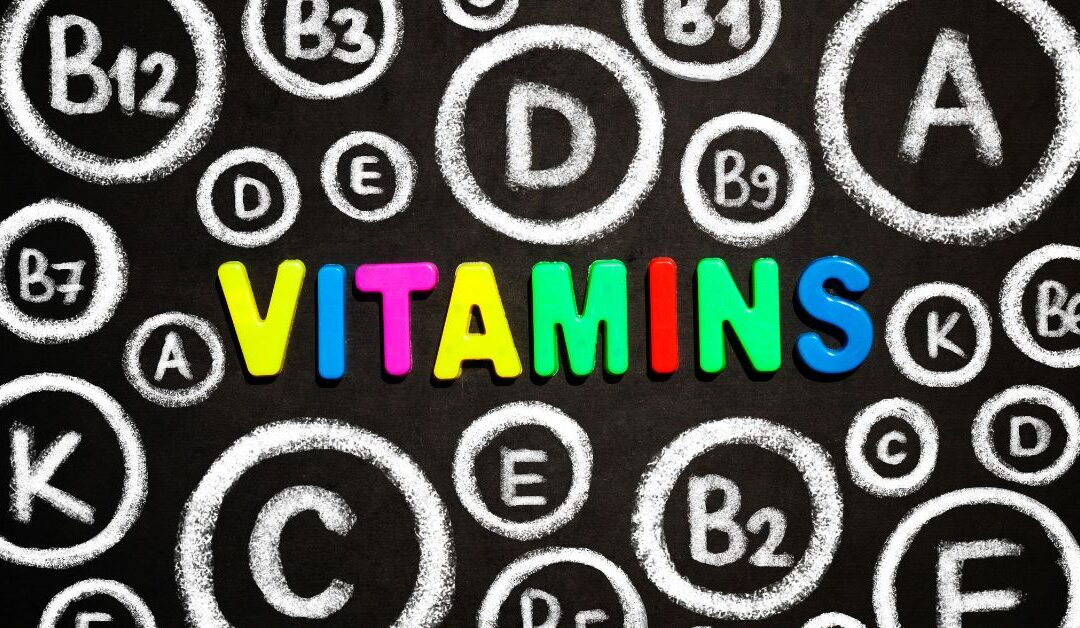FAQs
Have Questions?
How do I schedule an appointment?
Contact the practice or request a call by filling in your contact information located in the “Messages tab”.
What do I need to bring for my appointment?
Bring your ID, and insurance information and or method of payment. We accept cash and all major CC’s for co-pays and self-pay.
How early should I arrive for my appointment?
We recommend you arrive at least 15 minutes prior to your appointment time, if you are arriving more than 5 minutes late please be courteous and give us a quick call.
Do you accept insurance? What other methods of payments do you accept?
Yes we accept various insurance plans as well as major credit cards and cash pay!
What should I do if I need to cancel or reschedule my appointment?
Please call in advance.
How often should I schedule pediatric well-child visits?
Well-child visits are also a good time for parents to raise questions and concerns about a child's development, behavior, nutrition, safety and overall well-being.
The American Academy of Pediatrics recommends this schedule for routine well-care visits:
- 3 to 5 days
- 1 month
- 2 months
- 4 months
- 6 months
- 9 months
- 12 months
- 15 months
- 18 months
- 24 months
- 30 months
- 3 years
- 4 years
- And once every year thereafter for an annual health supervision visit that includes a physical exam as well as a developmental, behavioral, and learning assessment.
Do I need a referral to see a specialist?
Yes, you will need a referral to see a specialist.
What is a pre-op evaluation or clearance for surgery exam?
What are the nutritional guidelines for children?
- Balanced Diet: Offer a variety of foods from all food groups—fruits, vegetables, whole grains, lean proteins, and dairy or dairy alternatives.
- Fruits and Vegetables: Encourage a colorful variety. They provide essential vitamins, minerals, and fiber.
- Whole Grains: Choose whole-grain bread, pasta, rice, and cereal for added fiber and nutrients.
- Protein: Include lean protein sources like poultry, fish, beans, lentils, eggs, and lean meats.
- Dairy or Alternatives: Opt for low-fat or non-fat dairy products, or fortified alternatives like almond milk or soy milk if their is a lactose intolerance.
- Limit Sugary Foods: Minimize sugary snacks, sodas, and sugary cereals.
- Hydration: Water is the best choice for hydration through the day.
- Portion Control: Serve appropriate portion sizes to avoid overeating.
- Regular Meals: Provide consistent meal and snack times to establish a routine. Breakfast should not be skipped.
- Family Meals: Eating together encourages healthier eating habits.
- Healthy Snacks: Offer fruits, veggies, yogurt, nuts, and whole-grain crackers as snacks.
- Limit Screen Time: Encourage physical activity over sedentary screen time. It would be beneficial for them to get at least 30 minutes of exercise 7 days a week and no more than 1 hr of screen time daily.
What is a sports physical?
What is a school physical?
A school physical, also known as a school health examination is a comprehensive medical assessment that is required by many schools before a student starts a new academic year or joins a sports team.
During a school physical, a healthcare professional, such as a physician or a nurse practitioner evaluates the student's overall health and well-being. The examination typically involves a review of the student's medical history, including any chronic conditions, allergies, or previous injuries. The healthcare professional may also check the student's height, weight, blood pressure, vision,, and overall physical development.
School physicals are important because they help identify any underlying health issues or conditions that may affect a student's ability to participate fully in school activities. These examinations also serve as an opportunity to provide guidance for maintaining a healthy lifestyle, such as discussing nutrition, exercise, and safety.
The requirements and specific components of school physicals may vary depending on the school district or state regulations. It is always best to check with your school or healthcare provider for the specific details and forms required for a school physical.
What is an IEP?
An Individualized Education Program (IEP) for a student with ADHD would be tailored to address their specific needs related to attention, focus, and impulse control. The IEP might include strategies and accommodations such as extended time for assignments or tests, preferential seating to minimize distractions, and regular check-ins with teachers. The goal is to create an environment that supports the student's learning style and helps them manage their ADHD-related challenges effectively within the school setting. Remember that the exact components of an IEP would depend on the individual student's needs and should be developed through collaboration between parents, teachers, and relevant professionals.





 Your content goes here. Edit or remove this text inline or in the module Content settings. You can also style every aspect of this content in the module Design settings and even apply custom CSS to this text in the module Advanced settings.
Your content goes here. Edit or remove this text inline or in the module Content settings. You can also style every aspect of this content in the module Design settings and even apply custom CSS to this text in the module Advanced settings.